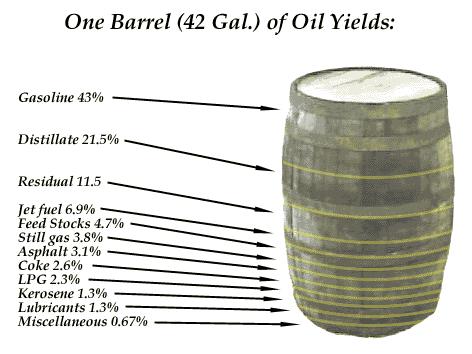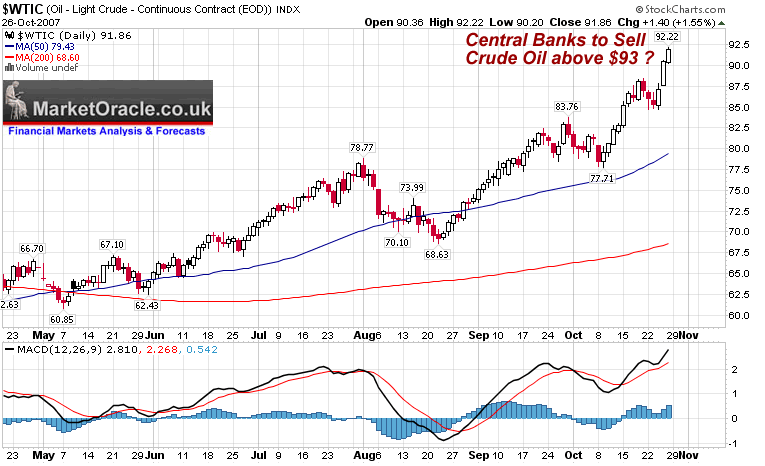Evaluation of different stochastic processes for the
convenience yield for
crude oil
Adriaan Krul
Site of the project:
ING Bank
Foppingadreef 7
1102 BD Amsterdam
start of the project:
December 2007
In February 2008 the
Interim
Thesis has been appeared
and a
presentation has been given.
The Master project has been finished in July 2008
by the completion of the
Masters
Thesis
and a final
presentation
has been given.
For working address etc. we refer to our alumnipage.
Summary of the master project:
Nowadays, traders calibrate the so-called convenience yield (CY) via
market
data every two days, using the forward price. The convenience yield is
the
benefit or premium associated with holding an underlying product or
physical
good. Sometimes, due to irregular market movements such as an inverted
market, the holding of an underlying good or security may become more
profitable than owning the contract or derivative instrument, due to
its
relative scarcity versus high demand. An example would be purchasing
physical
bales of oil rather than future contracts. Should there be a sudden
drought
and the demand for oil increases, the difference between the first
purchase
price of the oil versus the price after the shock would be the
convenience
yield. This is seen in the market nowadays.
The market shows however that the CY behaves stochastically and has a
mean-reversion property. In the literature the CY often follows an
Ornstein-Uhlenbeck process and is then calculated by means of a
Kalman
filter. The disadvantage of this process is that the CY can become
negative
which can result in cost and carry arbitrage possibilities. If the CY
follows
a CIR model the negativity is not present. Again the CY is calculated
by
means of the Kalman filter. All results are applied on the crude oil
market
from a data set of three years. The aim of this project is to
implement the
Kalman filter and to numerically test both stochastic processes on the
crude
oil data and compare the results. After this a third, novel, process
will be
developed with the same properties (i.e. mean-reversion).
The contents of one barrel of crude oil

Market data for crude oil


Contact information:
Kees
Vuik

Back to the
home page
or the
Master students page of Kees Vuik


![]()
![]()